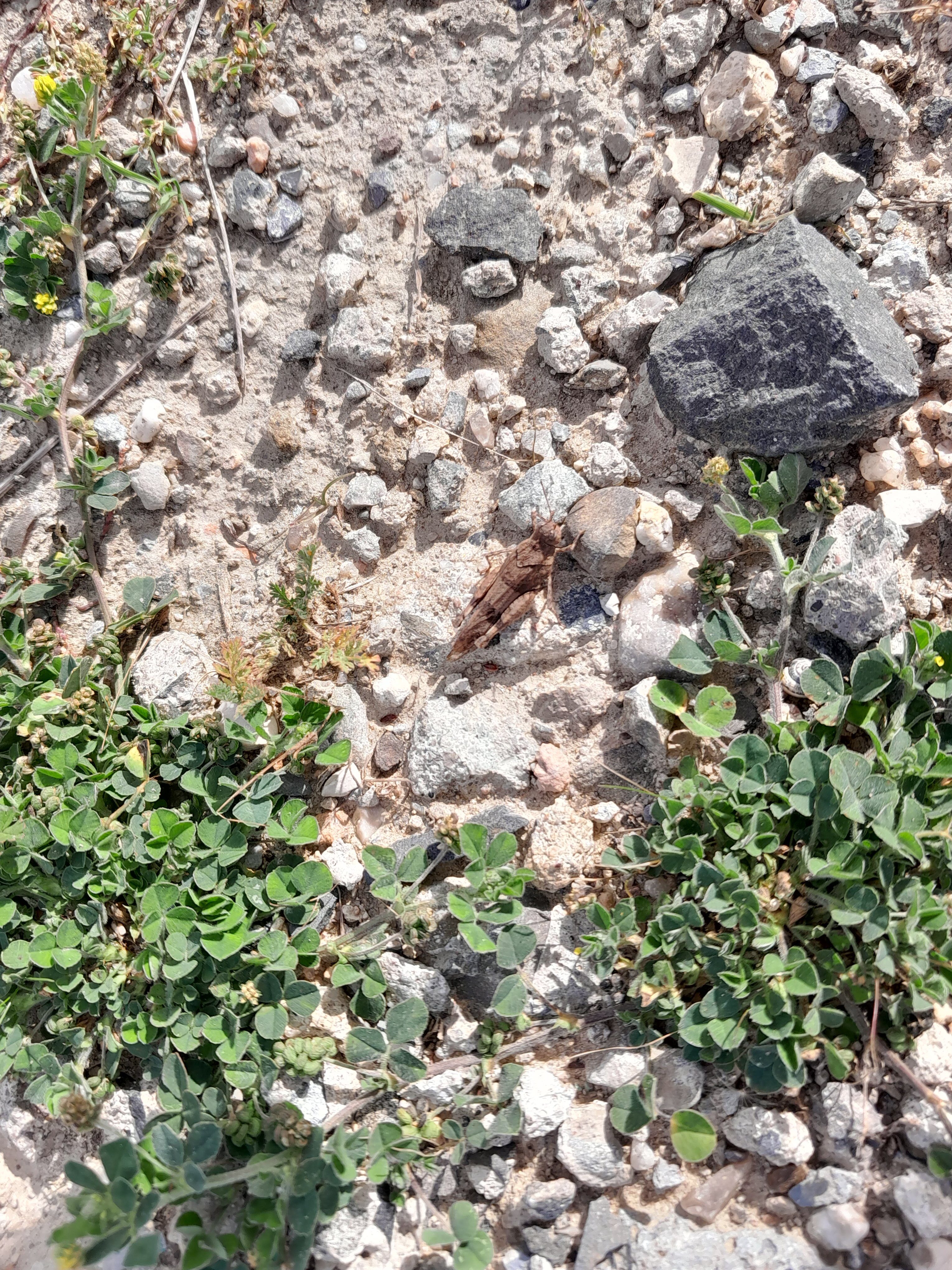It becomes quiet around us. Actually, the image of a midsummer landscape is also associated with the impression of buzzing, cracking and singing grasshoppers. And what would a balmy summer evening be without the tireless chirping of the great grasshopper? This acoustic impression is a matter of course. But if you listen carefully, you will notice: Something is missing. It becomes quiet around us.
The decline in insects is well known. And it also affects grasshoppers. Back in July 2017, the International Union for Conservation of Nature (IUCN) reported that more than a quarter of cricket and grasshopper species worldwide are threatened with extinction.
Why are we interested in this? We at M&P, the nature and environmental protection department, are often confronted with the question of assessing a site. "Can you please have a quick look, it's just a field / fallow land / an old car park. There's nothing of value there, but we want to take nature conservation into account," is a typical enquiry. And then we come to the site to carry out an "initial nature conservation assessment", as we call this format. The aim of this initial site inspection - supported by the generally available data on expected species occurrences - is to gain a well-founded professional impression and derive recommendations on how to proceed. What should the project developer expect? Will mapping be necessary? And how long will this take? Breeding birds - February to July, or reptiles - May to September?
We are increasingly recommending that insects should not be forgotten either. Wild bees are currently receiving a lot of attention, as are butterflies and dragonflies.
Grasshoppers are not currently at the centre of interest. But when a blue-winged grasshopper sits on such an area directly in front of us on the path, we know firstly that it is a species threatened with extinction according to the current Red List in Lower Saxony, although according to recent data its populations appear to be recovering, especially in southern and south-eastern Lower Saxony. And secondly, we now know that we are in a valuable habitat that also provides suitable conditions for other species of dry ruderal grassland.
This aspect must be preserved or created elsewhere. In this case, the project developer will have to be prepared for the fact that the responsible nature conservation authority will demand mapping in the summer in order to determine how large the population is and which protection or compensation measures should be implemented.
And if the inspection does indeed reveal an area where no species or nature conservation occurrences are to be expected, our initial assessment serves as a technically sound basis for further action.
We are happy to support our customers in clarifying this issue.


